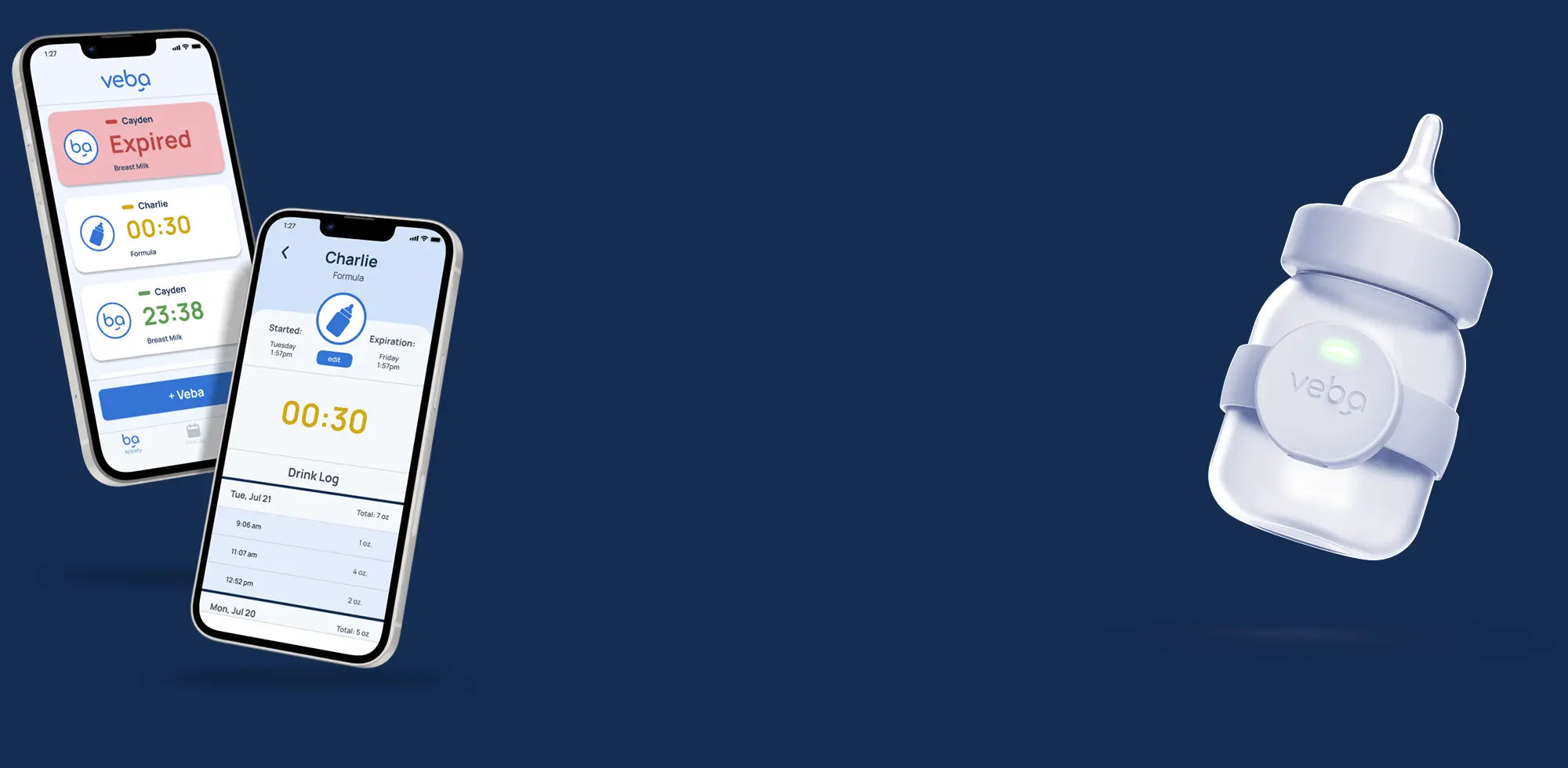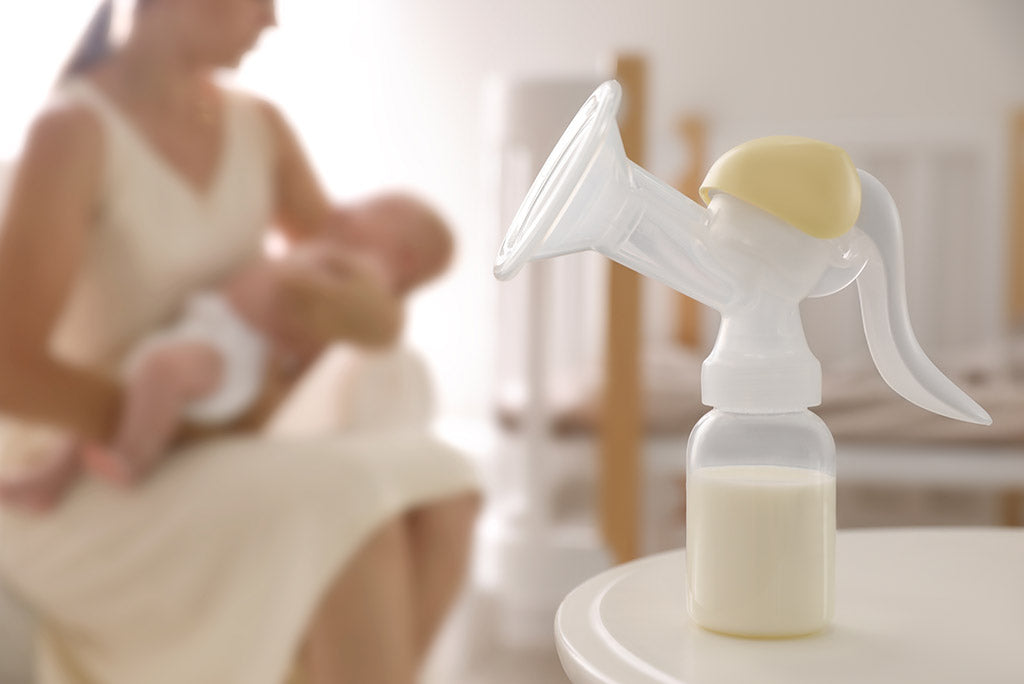In an ideal world, every new mama would make just the right amount of milk for their baby’s needs and feel comfy-as-can-be breastfeeding or pumping as they please. Oh yeah, and the best formulas would be easy to find and afford… But let’s face it — that simply isn't the reality for most moms. Don’t we know it! Whatever cards your milk ducts have been dealt, the only thing that truly matters is making sure your little one is fed like goldilocks: just right. Plus, you deserve to feel good and have peace of mind too. That’s why we’re dishing out our best bottle feeding tips so you can become the boss of your milk supply, master the art of formula feeding, and most importantly, give your baby the best nutrition possible! We know you’ve got a hungry baby to feed, so let’s get to it…

High Supply
What is considered an oversupply of breast milk? Let’s just say it might feel like you’ve got a pair of leaky faucets on your chest, with a stream that comes roaring out like a rollercoaster during a feeding. To be more specific, average milk production is three to five ounces combined, so if you are getting more than that from each breast, you’re likely to have a breast milk oversupply.
Moms with this common breastfeeding issue (or identity as we like to call it!) know that it can make feeding challenging for both you and your baby. Luckily, it’s possible to ease that supply towards optimum. We suggest feeding or pumping from only one breast at each feed, switching breasts at each feed, and spacing out your sessions to 2.5 hours apart or more whenever possible. If you’re experiencing discomfort, we recommend hand expressing a little bit or pumping for a short time to relieve that discomfort. Just remember not to overdo it! Leaving the breast full will tell your body there's no need to keep doing such a great job making all that liquid gold!

Low Supply
If you’re a mama who is excited about nursing but not producing enough breast milk to feed your little one, don’t panic! Low breastmilk supply, or underproducing is a very common and normal breast feeding identity. There are a few great methods to try to wake up those glands and get them ready to flow. We suggest offering or pumping both breasts at each feeding and draining them as fully as possible to show your body that your baby would like some more, please! That means, if your little one isn't taking enough milk during a feed and isn't feeding quite so often, it’s a great idea to express that milk yourself to make sure your body knows to keep the supply coming!

Combination Feeding
If you feel like you’ve tried all the tricks in the book and nothing seems to be working, there’s still a solution out there for you! Mixed feeding or combination feeding is a great way to supplement your supply and offer your baby everything you’ve got and more! This entails a mix of breastfeeding and bottle feeding, or pumping and bottle feeding to offer your little one breastmilk as you’ve got it and, separately, formula as needed. Before you try out this method, we recommend consulting your doctor or a lactation consultant for all of the important details and some tailor fit help along the way.

Formula Feeding
Want a first-class ticket on the formula train? Let’s give you the upgrade you deserve! First things first, making sure your kiddo is getting enough. We recommend trying responsive feeding. Look for cues that tell you your little one is hungry or full, just like you would if you were nursing! While it might be tempting, don't try to get your baby to finish a bottle if they don’t seem to want it. One of our best bottle feeding tips is to build an intuition when it comes to those cues and track their intake with some post-feeding analysis. Still, we know formula can be expensive and you probably don't want to waste a single drop. That is just another reason why tracking feedings is so important, no matter what methods you’re using. So, let’s talk about it.

Track Smarter Not Harder
You’re doing enough hard work, mama! It’s time to ditch the spreadsheets and sticky notes for tracking expiration and intake! That is why we came up with a solution that can make feeding a breeze for any parent, no matter the situation they are facing. Our Veba smart bottle monitor is the first tech of its kind that tracks breastmilk and formula freshness in real time according to government agency guidelines. Not to mention, it also has sensors that automatically adjust to time, temperature changes, and feedings to make sure your baby’s milk and formula are fresh and that they’re always getting enough.
At Veba Baby, our mission is to support every type of mama (and papa!) in giving their babies the highest-quality nutrition and best feeding experience possible. We hope our bottle feeding tips empower you to embrace your unique feeding identity by feeding smarter not harder! Visit our product page to shop now, or browse more parenting tips by staying tuned to our blog, The Sip!




